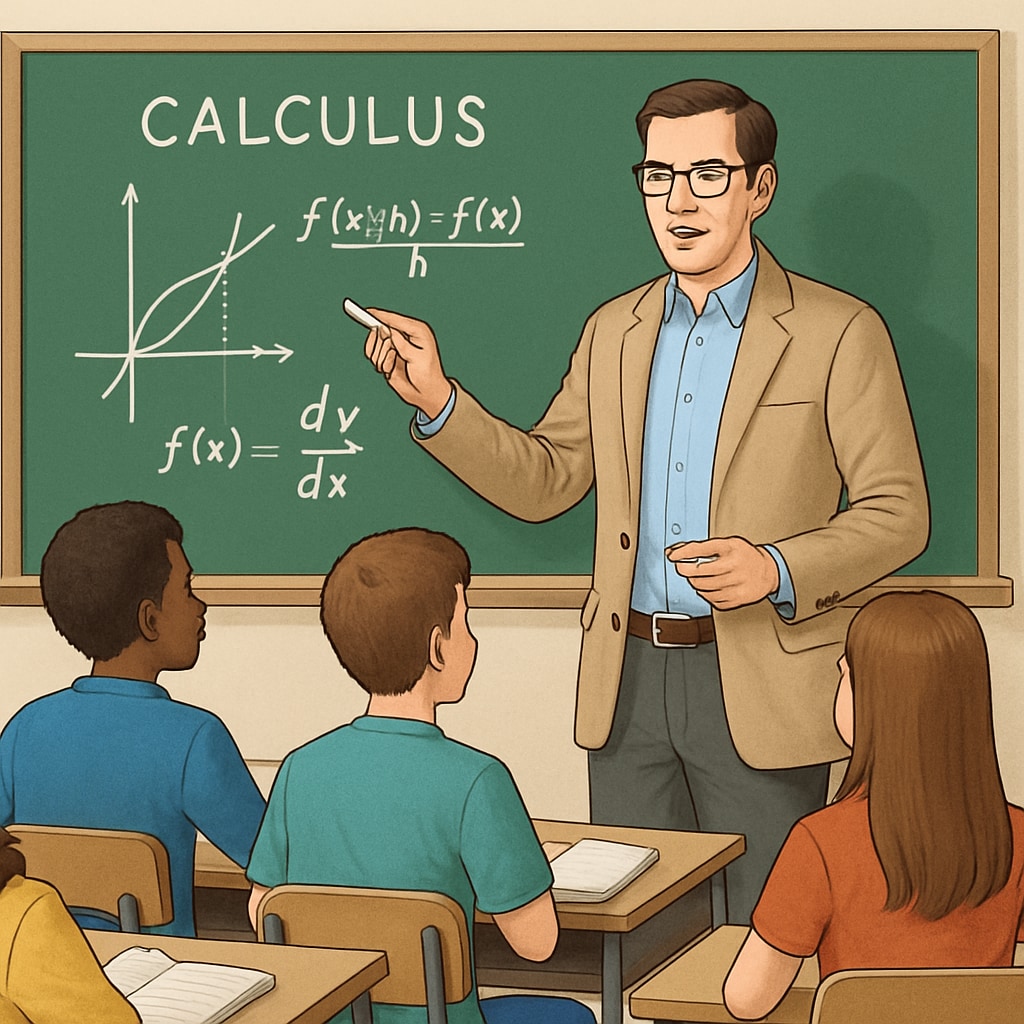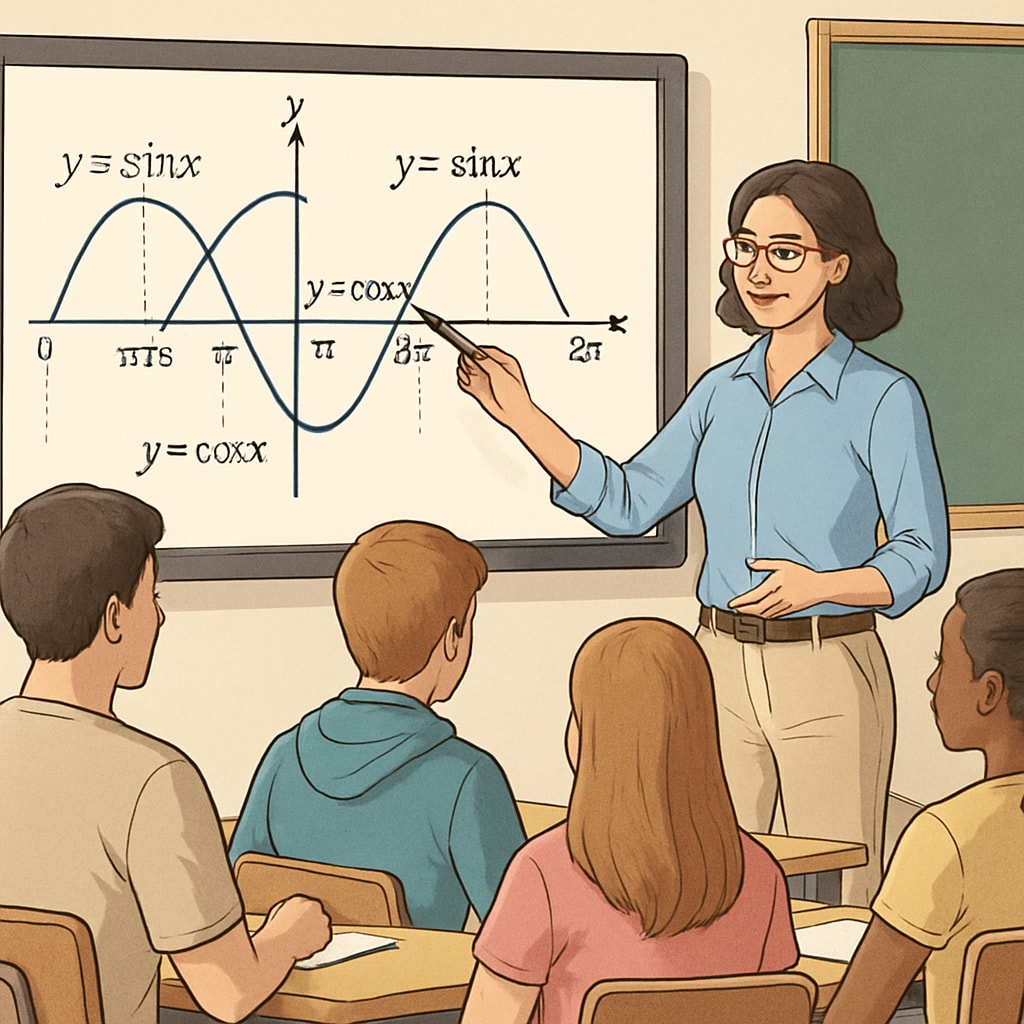The final year of high school mathematics is often considered the most challenging for students, as it bridges the gap between fundamental concepts and advanced applications. Teachers often find it difficult to address “high school math challenges, learning difficulties,” particularly when students struggle with complex problem-solving and abstract reasoning. This article aims to identify key challenges students face and propose effective strategies to simplify math instruction, especially within an Arabic-language curriculum.
Common Learning Obstacles in High School Mathematics
High school math often involves topics such as calculus, trigonometry, and probability, which demand a higher level of abstraction and logical thinking. Students frequently encounter difficulties in:
- Understanding abstract concepts: Topics like limits and derivatives in calculus require students to think beyond concrete numbers and focus on theoretical models.
- Connecting prior knowledge: Many students lack a strong foundation in algebra or geometry, which hinders their ability to grasp advanced topics.
- Applying concepts to real-world problems: High school math often includes scenarios requiring practical applications, which can be overwhelming for students unused to such exercises.
Additionally, language barriers in non-native English-speaking regions, such as Algeria, further complicate understanding for students who are taught math in Arabic. Therefore, simplifying instruction and addressing these core issues is critical for student success.

Effective Teaching Strategies for Overcoming Math Challenges
To improve student outcomes, educators must adopt targeted strategies that cater to their specific needs. Below are some actionable methods:
- Use visual aids: Diagrams, graphs, and flowcharts can help students better understand abstract concepts, such as functions or probability distributions.
- Integrate real-world examples: Relating math problems to practical applications, such as financial calculations or engineering scenarios, can make lessons more engaging.
- Offer bilingual resources: Providing lesson materials in both Arabic and English ensures that students can learn in their native language while developing proficiency in technical terms.
- Break down complex problems: Dividing multi-step problems into smaller, manageable tasks can help students build confidence and reduce frustration.
Furthermore, teachers should prioritize interactive sessions, such as group discussions and problem-solving workshops, to encourage collaborative learning. For example, integrating technology like math-solving apps can also provide students with instant feedback and personalized practice opportunities.

Creating a Simplified Arabic Math Curriculum
In regions such as Algeria, adapting the curriculum to cater to local linguistic and educational contexts is essential. A simplified Arabic math curriculum can address student needs by:
- Translating technical terms: Ensuring students fully understand mathematical terminology and concepts in Arabic before introducing English terms.
- Focusing on key topics: Prioritize teaching areas that students commonly struggle with, such as algebraic manipulation and calculus basics.
- Incorporating cultural references: Examples that resonate with local contexts, such as using statistics relevant to Algerian industries, can make lessons more relatable.
By implementing these strategies, educators can bridge the gap between student comprehension and curriculum demands, ensuring greater success in high school mathematics.
Readability guidance: This article uses concise sentences, short paragraphs, and visual aids to improve accessibility. Lists are included to summarize key points, and over 30% of sentences contain transition words to maintain flow. Passive voice usage is minimal, and technical terms are explained where necessary.


